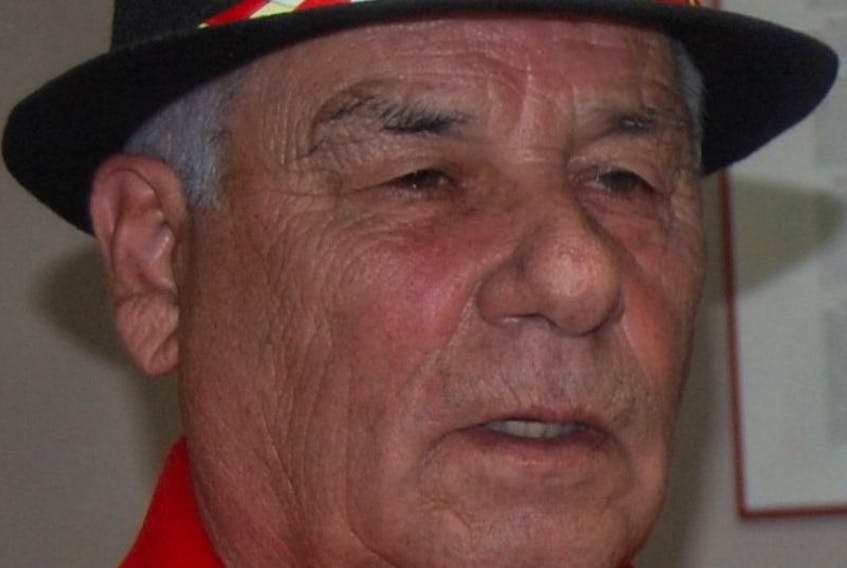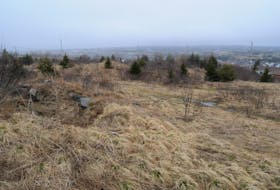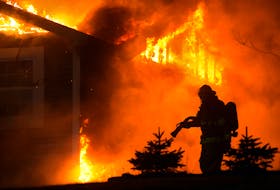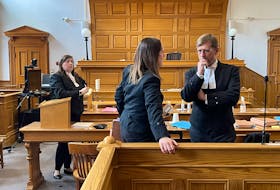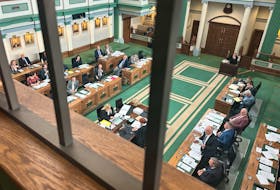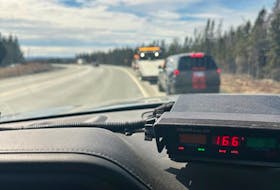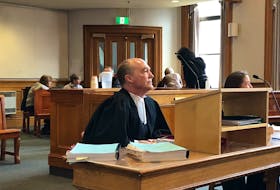Last week, Flat Bay Chief Liz Lasaga took to social media to quash rumours the band is separating from Qalipu, although she said doing so is an option to be explored if other ways cannot be found for the Flat Bay Band Inc. to continue to provide the services it does to its residents.
Lasaga declined to do an interview, saying it was too premature to discuss that option. Likewise, Qalipu Chief Brendan Mitchell would not do an interview about the possibility of Flat Bay ever severing ties with the landless Qalipu band.
Elder Calvin White of Flat Bay was willing to talk about it.
He said the Flat Bay band, incorporated in 1972, has always been able to stand on its own when it comes to governing itself. The community acts as a municipal council or local service district does in that it provides its residents with services such as water, fire protection, animal control and infrastructure maintenance.
White said the traditional volunteerism that has sustained Flat Bay for hundreds of years is getting more and more costly these days and the need for some sort of core operational funding has become more pressing.
“In order to carry out the continued responsibilities we have, which are escalating, and do planning for the long-term survival of our community, we can no longer survive on volunteerism,” said White.
Applauding the band’s chief and council for what he called an unreal amount of work trying to access what government programs the band can apply for, White is concerned those wells will eventually run dry.
Plus, every community — and not just Indigenous ones — is eligible to apply for those same pots of money.
Before the Qalipu band was established, the Federation of Newfoundland Indians (FNI) – of which White was a founding member — had a document that would have provided each band under its umbrella with some form of core federal funding. If that document had made it to the negotiating table when the FNI negotiated the formation of Qalipu, it would have provided each band within the federation some sort of core funding to help maintain their respective priorities and identification.
That never became part of the deal that led to the establishment of Qalipu, which mainly provides health and education benefits to its members, wherever they might be.
“Now, we have to depend on what Qalipu does,” said White. “But Qalipu doesn’t have the mandate, nor do they have access to the kind of programs needed, to meet the special needs of Flat Bay.”
White said the Qalipu band is aware of Flat Bay’s special needs and he said Mitchell has advocated to the federal government for Flat Bay to be recognized as different from other Mi’kmaq who are integrated in municipalities and local service districts.
The two options that would satisfy Flat Bay’s needs are to either have the federal government administer a special core funding allocation to Flat Bay via Qalipu or to find a way to provide that money to Flat Bay directly.
If neither of those proves effective, White said then it might be time for Flat Bay to consider pursuing being a Mi’kmaq entity entirely outside of Qalipu, along the lines of the Conne River reserve on the province’s south coast.
“It’s not as if we are threatening to pull out of Qalipu or there are animosities between us,” said White. “It’s a working relationship to find a way to address a special need that exists in Flat Bay that doesn’t exist in any other community in Newfoundland that has an aboriginal population, other than Conne River.”

